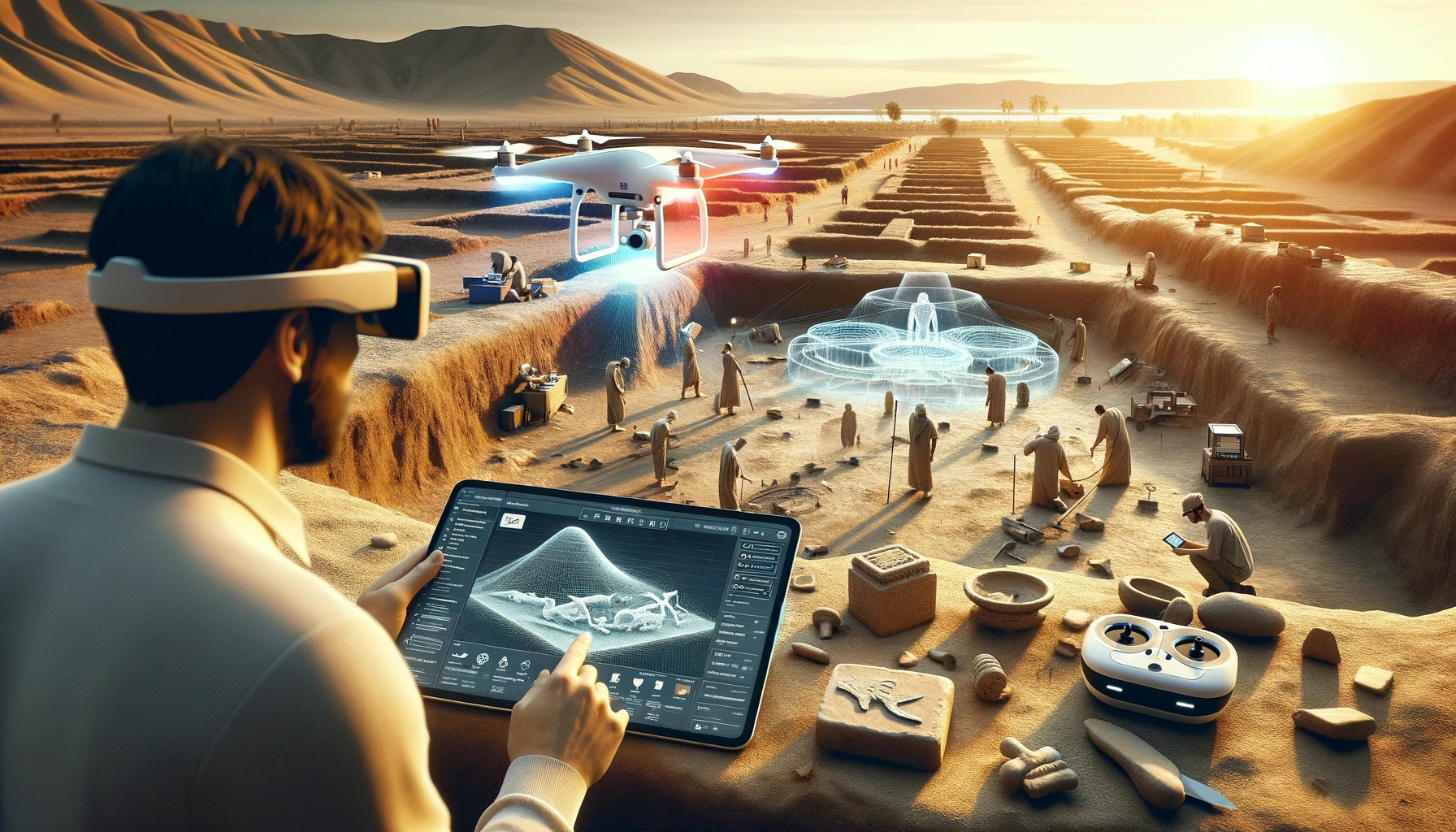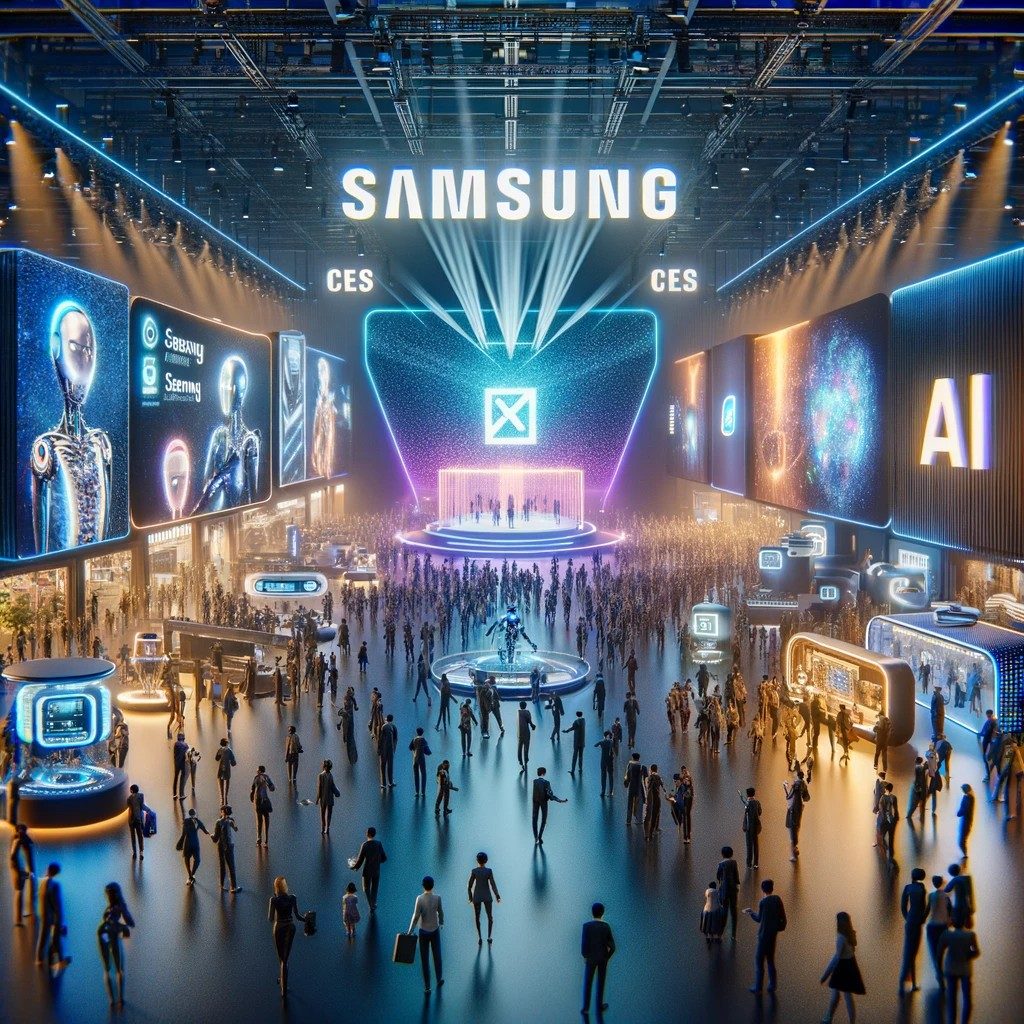In a groundbreaking development at the intersection of technology and archaeology, AI in Archaeology has emerged as a transformative tool for unraveling some of the world’s oldest archaeological mysteries. With the recent triumph in the Vesuvius Challenge, where AI engineers successfully deciphered ancient Greek passages from a charred scroll, the realm of archaeology stands on the brink of a revolutionary transformation. This heralds a new era where AI in Archaeology takes center stage in unlocking the secrets of antiquity, offering unprecedented insights into civilizations long lost to time.
The ascendance of AI in archaeology
The Vesuvius Challenge marked a pivotal moment in the annals of archaeology, showcasing the remarkable capabilities of AI in deciphering ancient texts. Spearheaded by a team of AI engineers—Youssef Nader, Julian Schillinger, and Luke Farritor—the competition unveiled a glimpse into the past by digitally recovering 15 columns of text from a charred papyrus scroll, providing a window into the ancient world akin to a virtual time machine.
This triumph was made possible through the pioneering work of computer scientist Brent Seales, whose innovative Volume Cartographer tool employs AI to digitally unwrap the layers of ancient scrolls. By harnessing synchrotron scanning technology, Seales revolutionized the process of unraveling fragile scrolls, which previously posed insurmountable challenges to traditional archaeological methods. With this breakthrough, the arduous task of deciphering ancient texts, once estimated to span centuries, is now accelerated manifold, offering unprecedented opportunities for archaeological exploration.
Unveiling ancient mysteries beyond Herculaneum
Beyond the confines of Herculaneum, Seales’ technology holds immense promise for uncovering ancient mysteries scattered across the globe. From the enigmatic Dead Sea Scrolls to sealed Egyptian papyri and medieval manuscripts ravaged by time, AI offers a tantalizing glimpse into civilizations long relegated to the annals of history. Also, the application of AI extends beyond archaeology, with potential applications in restoring deteriorating film reels and negatives, opening new avenues for cultural preservation and exploration.
As researchers endeavor to translate the newly unearthed texts with meticulous precision, the journey into the past is imbued with a sense of reverence and introspection. Just as the ancient scroll implores, “May the truth be always evident to us,” the quest for knowledge transcends the bounds of time, resonating with a timeless pursuit of understanding. As AI continues to unravel the mysteries of antiquity, one can’t help but wonder: What other secrets lie waiting to be uncovered in the silent corridors of history?
Exploring the boundless potential of AI in archaeology
In the ever-evolving landscape of archaeology, AI emerges as a formidable ally, offering unprecedented insights into the world’s oldest mysteries. As the Vesuvius Challenge heralds a new era of digital exploration, the journey into the past takes on a renewed sense of purpose and possibility. Yet, amidst the triumphs of technology, one must pause to reflect on the profound implications of uncovering ancient truths. As we embark on this journey of discovery, guided by the light of knowledge, may we heed the timeless wisdom of the ancients: “May the truth be always evident to us.”





